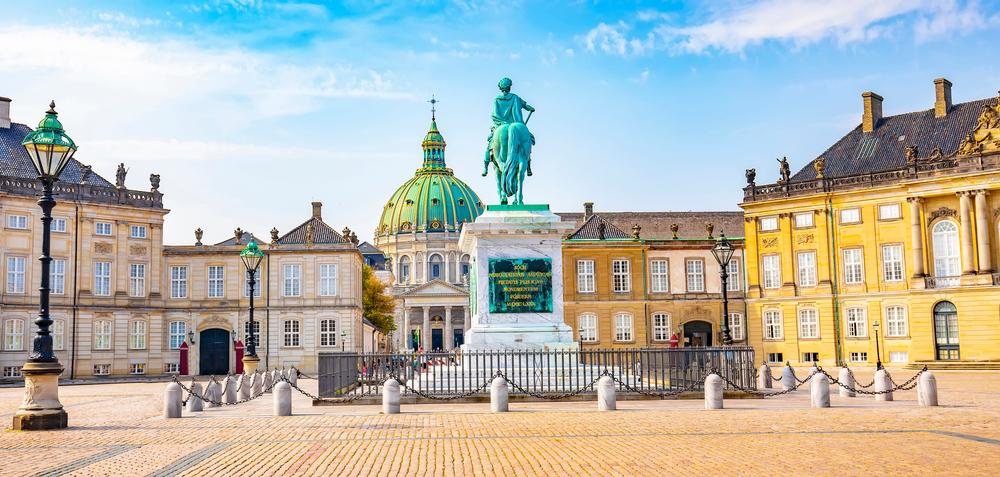An official residence of the Danish royalty since the 18th century, the vast Amalienborg complex in Copenhagen offers an insight into the rich history and lifestyle of the Danish royal family.
Originally, the Amalienborg complex housed four noble families in the four identical rococo-style palaces facing each other around an octagonal square. It was designed by renowned Danish architect Nicolai Eigtved and commissioned by King Frederick V in 1750. When Christiansborg Palace, which had housed the royal family for 50 years, burned down, King Christian VII purchased one of the four palaces to use for his residence, and other members of the family eventually bought the other palaces.






